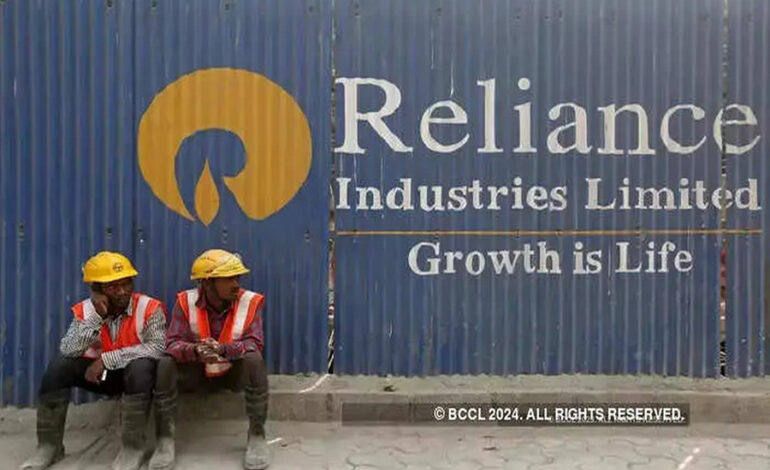RIL’s Cash Flow Prospects: A Shift in Focus

Mounting debt and negative free cash flows have posed challenges for Reliance Industries’ shares despite the company’s impressive quarterly profits. While concerns linger regarding the stock’s performance until these issues are addressed, JP Morgan asserts that the key lies in earnings rather than free cash flows (FCF).
Understanding Earnings Dynamics
Consensus estimates attribute the reduction in RIL’s earnings primarily to delayed telecom tariff hikes, underperformance in the petrochemical division, and refining margin normalization post-pandemic.
In its latest report, JP Morgan predicts a positive trajectory for RIL’s free cash flows over the next three years, driven by peaking capital expenditure and increasing operating income. The investment bank highlights that historical correlation between RIL’s FCF and stock performance is weak, emphasizing instead the strong link between share price and earnings forecasts.
Rethinking Market Concerns
While market apprehensions persist over RIL’s hefty investments in retail and telecom, JP Morgan contends that FCF isn’t the root cause of the stock’s underperformance. Despite the conglomerate’s complexity, stock performance closely aligns with earnings growth over the medium term.
The recent dip in the stock corresponds to a 21% reduction in FY24 earnings per share forecasts since June 2022. Expectations have adjusted, with optimism surrounding telecom and retail sectors expected to drive growth in forward earnings.
Shifting Focus to Earnings Estimates
The crux of RIL’s performance lies in the 12-month forward earnings estimate, slashed by 5% since June 2022. Forecasts for FY24/25 consensus profit after tax (PAT) have been reduced by 21/15% over the same period, largely due to refining margin corrections and weaker petrochemical segment earnings.
Positive Cash Flow Projections
Despite operating at negative FCF for the past three years, primarily driven by telecom expenditures, RIL is poised to achieve positive free cash flow in the next three years as capital expenditure moderates and EBITDA expands. Recent guidance from the company underscores the expectation of maintaining net debt to EBITDA less than 1x, implying positive FCF generation.
Decoupling FCF and Share Price
JP Morgan’s analysis reveals minimal correlation between FCF generation and RIL’s share performance, suggesting that FCF alone is insufficient to influence the stock price. In fact, the bank notes a potential negative correlation between FCF and RIL’s stock performance.
Future Outlook and Valuations
Looking ahead, JP Morgan believes that RIL’s current earnings projections offer limited downside risks. With petrochemical margins stabilizing and consumer businesses (Retail/Telecom) contributing significantly to EBITDA, the outlook for RIL’s forward EPS is positive.
Conclusion
RIL’s valuations no longer factor in premiums for new ventures, despite substantial investments in solar power and petrochemical capacities. With rising consumption, incomes, and market penetration, the company is positioned for steady, low-volatility growth in its core businesses.




